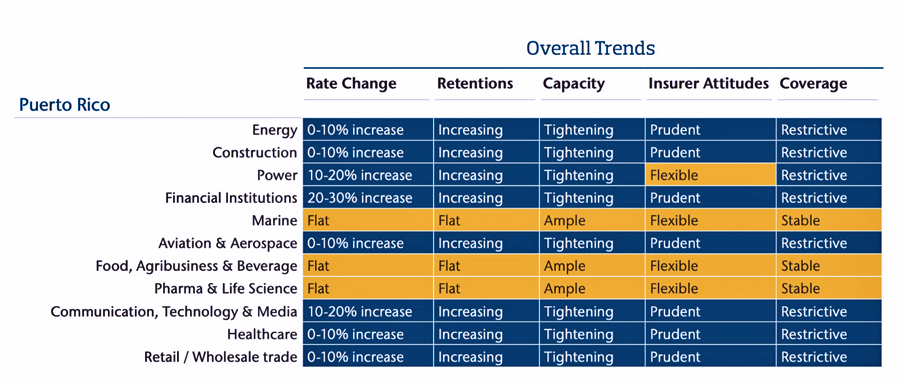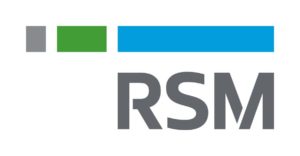Aon report: Benefit packages get ‘increasingly robust’ to attract and retain employees

At a time when the workforce is undergoing great changes and facing new challenges, a new report by professional services company Aon unveiled the current state of Puerto Rico’s benefits strategies and programs.
The Puerto Rico Benefits Outlook 2019: Redefining Benefits study surveyed 85 organizations from several business sectors and sizes participated, such as: manufacturing; pharmaceuticals; medical devices; health; distribution and retail sales; banking; financial services; insurance; technology; and non-profit organizations, among others.
Most of the employers surveyed confirmed that one of the most influential objectives when defining and reviewing their benefit strategies is to increase productivity and improve employee performance, as well as retain and develop key talent to keep the company competitive.
In the survey, 88% of employers said they have a formal orientation process for new employees and carry out periodic surveys to measure work experience (52%).
Eighty-six percent said they also carried out surveys to measure the level of employee commitment, as well as exit interviews (67%) to find out the perception of the work environment, identify weaknesses and avoid losing key talent that could negatively impact company results.
“This edition of the survey included not only questions about benefits aimed at meeting the needs of a new generation of workers, but also about the benefits of achieving a more inclusive and diverse work environment, and how they compare with the results of our first survey conducted in 2017,” said Maricarmen Burgos, executive vice president of Aon’s Health Solutions.
Although productivity and performance is the most important criterion for defining, reviewing, and evaluating benefit strategies, the most prevalent mechanism for reviewing wages is percent-based adjustment (44%), the survey showed.
Benefits and wellness policies
As in the 2017 survey, the analysis showed that companies have added innovative wellness benefits or strengthened those already implemented. Among the most common wellness programs were: moving toward more casual clothing (68%); health fairs (65%); annual preventive health exam (45%); flexible working hours (44%); discount on mobile telephony (44%); discounts on company services and products (42%); remote work (40%); free birthday with pay (35%); and gym or gym membership discounts (26%), among others.
When compared with the results of 2017, an increase in flexible hours programs was observed, from 41% in 2017 to 44% in 2019. Likewise, it was observed that remote work and the offer of gym or gym memberships rose both from 30% in 2017 to 35% (2019). Other programs reported for the first time in this edition were: medical and dental services at the facility (17%) and virtual medical consultations (18%).
Policies oriented to inclusion and diversity
This year’s survey showed these trends have prevailed. Human resources policies aimed at promoting inclusion and diversity are those that seek that all people have the same opportunities, regardless of their ethnic origin, political beliefs, country of origin, sexual orientation, race, ability, gender, age, place of residence or personal preferences.
These are oriented not only to promote diversity, but also to achieve competitive commercial advantage.
To achieve this, the companies reported that they resorted to: education on cultural differences (43%); unisex bathrooms (27%); assistance in adoption processes, which rose from 6% in 2017 to 13% in 2019; and having pets in the workplace, which rose from 2% in 2017 to 8% (2019). More than 50% of the companies said they already offer or are considering offering paternity licenses, as well as licenses for the care of a relative (52%).











